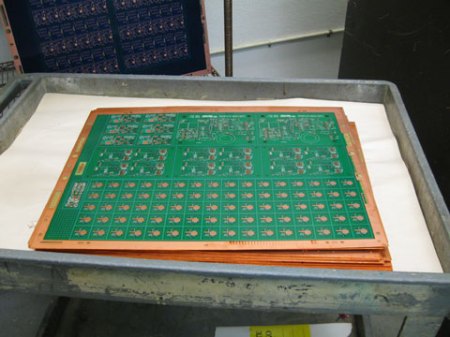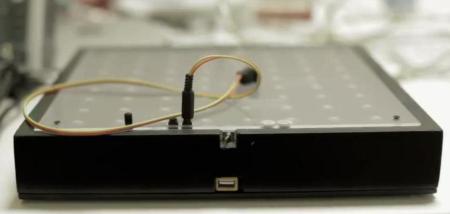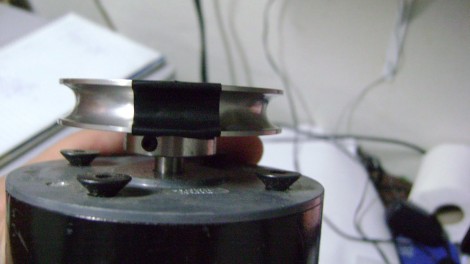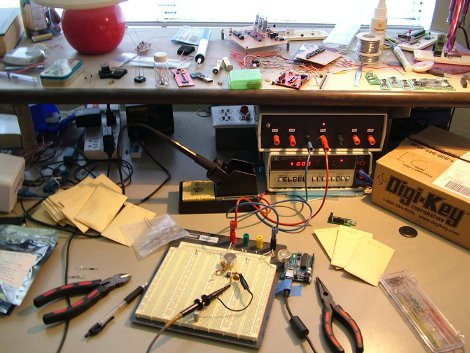
Check out this floating foam letter machine that was shown off at last year’s IFA show in Berlin, the German equivalent of CES. The contraption is called Flogos, and comes from a company named SnowMasters based out of Alabama.
The Flogos machine consists of a helium and compressed air bubble generator positioned below a custom stencil cutout. As the bubbles form, they are forced into a relatively tight formation as they exit the stencil. Once a nice thick layer is established, a small plastic arm is dragged across the surface, liberating the foam from the stencil allowing it to float through the sky as you can see in the video below.
We think it’s pretty cool, and we wouldn’t mind having one around just for kicks. If you were to lay some stencils over a tweaked version of this foam generator we featured last year, you could probably have your own floating foam printer up and running in no time.
Stick around to see the video from IFA that originally caught our attention.
[Thanks DMF]















